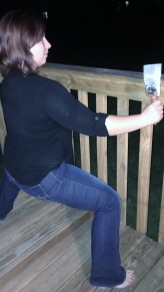My challenge for you is to look back at your goals from the first of this year. How are you doing? Are you on track with your goals? I recently took a look at mine, and I have some work to do to ensure I finish the year strong. At the dojo, we have 6 or 7 black belt candidates looking to test the first weekend in December. Each of these candidates is trying to accomplish one of their goals for the year—earn their black belt in karate. Finishing strong begins with something as small as a habit. Habits are not those little creatures from the Lord of the Rings. Those are Hobbits. Habits are routines of behavior that we repeat regularly. I like to keep this in mind when we develop new (good) habits: “First it’s a struggle; later it’s a habit.”
As we look back at our goals, we may need to change our behaviors positively to achieve the results we are looking for to finish out this year strong. Experts tell us that we develop new habits in 21 days of repetition. My schedule for training for the black belt test was a 100 day challenge. The hardest part of the challenge is to get ourselves to the point where it is more painful not to change than to change. That moment came for me when we took my first pre-test for the black belt test. In our dojo, about two weeks prior to the black belt test we have a pre-test, which covers several of the test elements. At the end, we are either ready for the test or we are sent back for more training. I do know that I was unprepared although I did not know it at the time. I was confident when I arrived for the pre-test and open for training and a plan when I left. It was another six months before the next black belt test, and I was determined to be ready for that test.
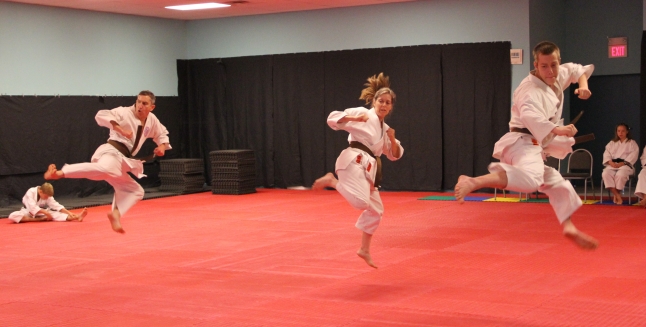
All that kicking practice paid off and we finished strong!
To engage new behaviors, like actively preparing for the test versus just showing up to class twice a week, I went through this exercise called “5 why’s and one how” and it goes like this:
- Why can’t I perform all of the kicks?
- Because I do not know them all; who knew there were over 100 on the test!
- Why don’t I know them?
- Because I didn’t get a lesson with an expert on what is needed.
- Why didn’t I get a lesson?
- Because I was confident that coming to class regularly was enough to pass the test.
- Why didn’t I get enough kicking practice in class?
- Because I had too many things to do and just going to class was easiest.
- Why did I have so many things to do?
- Because I did not systematize my practice schedule into daily actionable tasks.
- How can I set a practice schedule to pass the next pre-test and earn my black belt?
- Ask for assistance, or read this blog…
All of us are different in what is holding us back from accomplishing our goals. This simple exercise gets to a possible root cause of why I failed my black belt pre-test. As a result, I did ask for additional one-on-one training from our senseis at the dojo, like Sensei Mae.
Here was my system, a little over 3 months (100 days) out from the test. Our test covers six basic elements: Kicking, striking, kata, weapons, self-defense, and fighting. The only way to prepare for fighting was the drills we learned in class. The last element I worked on was to improve the number of push-ups I could do in one day. I created the one-hundred day push-up (PU) challenge. I did one more each day, until after 100 days I was able to knock out 100 pushups like I would when I come to every black belt class.

I started prior to the 100 days to ensure I knew each element of the test come testing day. My advice: find out what is on the test so you can practice. Ask for help. Get private lessons.
My key to success was the daily increments that moved the practice from a struggle to a habit. It took a daily log for me to see how well I was doing, and I could easily look and see what I left off for the day or the week. Try this with your karate goals and let me know how you are doing as we are getting ready for the end of the year. Let’s finish the year strong together!
See you in the dojo soon!


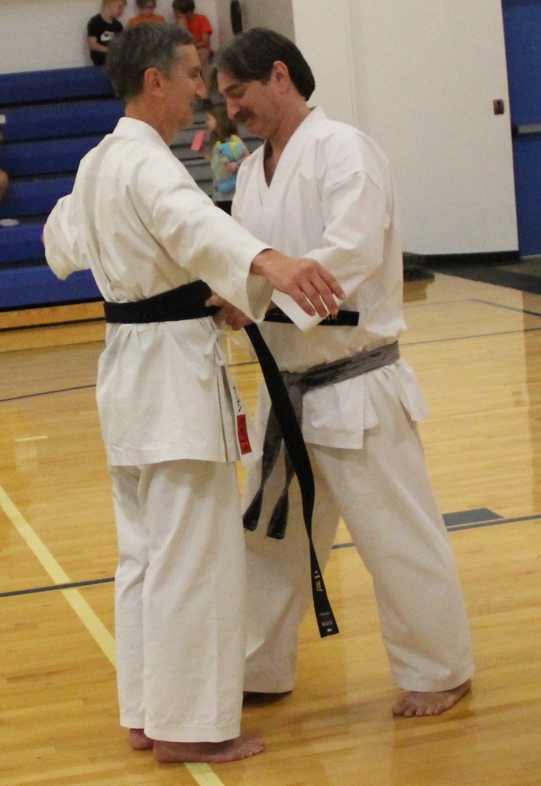

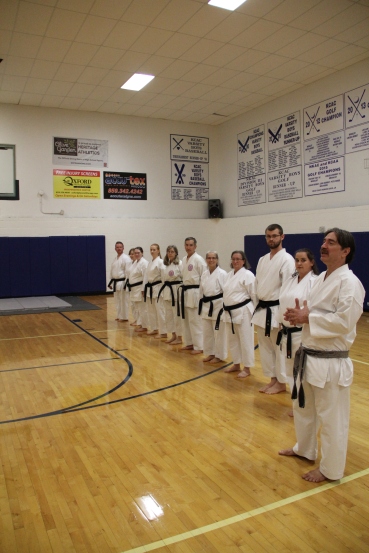








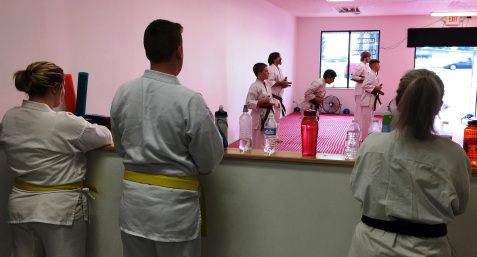

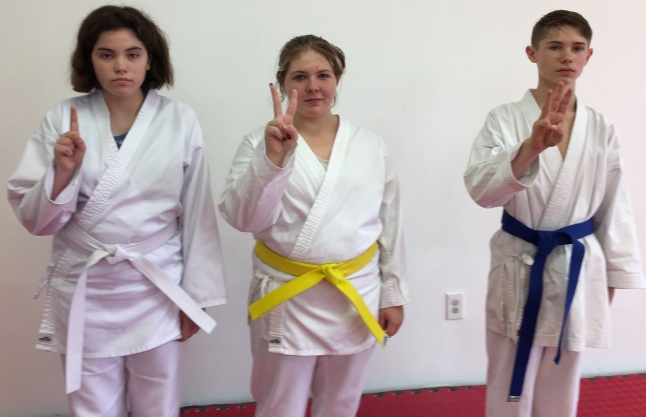

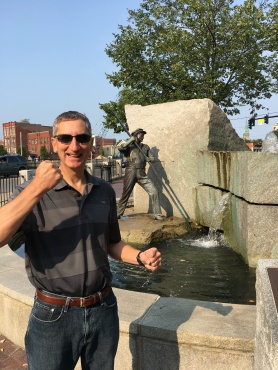
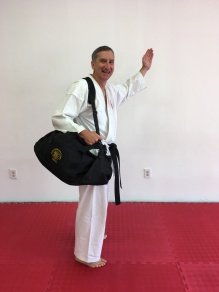
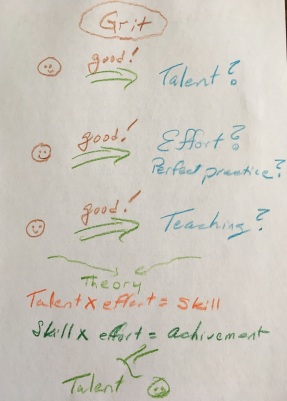 Our sensei says that obtaining a yellow belt in our dojo is much harder than obtaining a black belt. What he means is that coming to the second
Our sensei says that obtaining a yellow belt in our dojo is much harder than obtaining a black belt. What he means is that coming to the second
